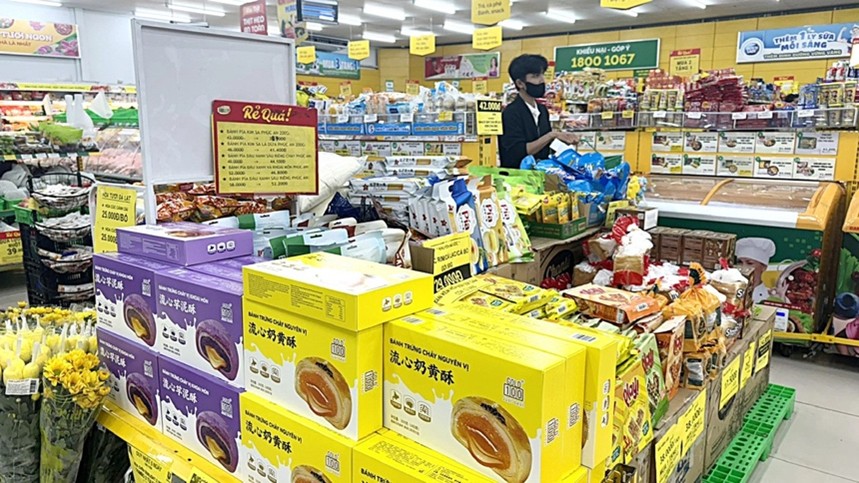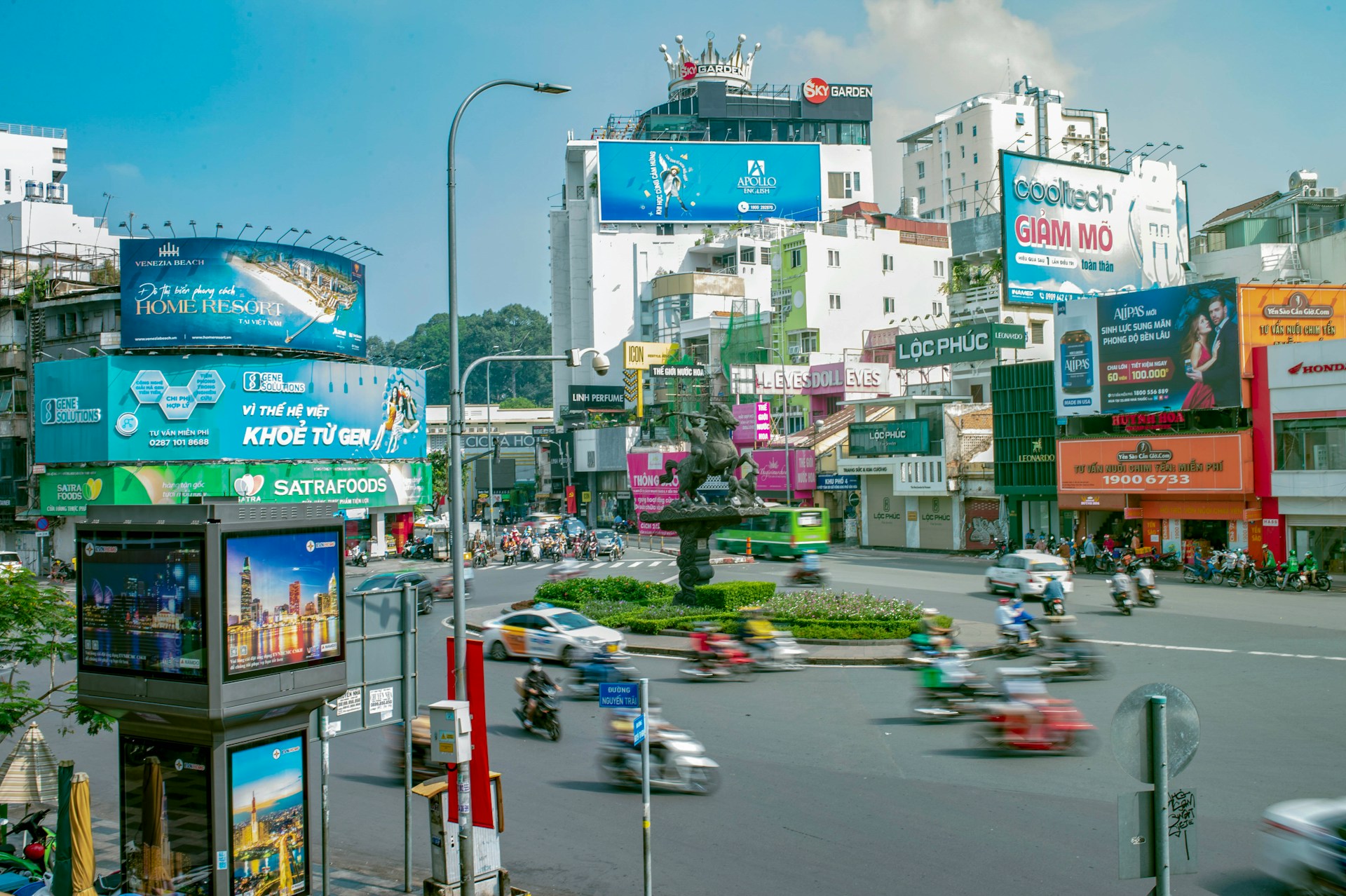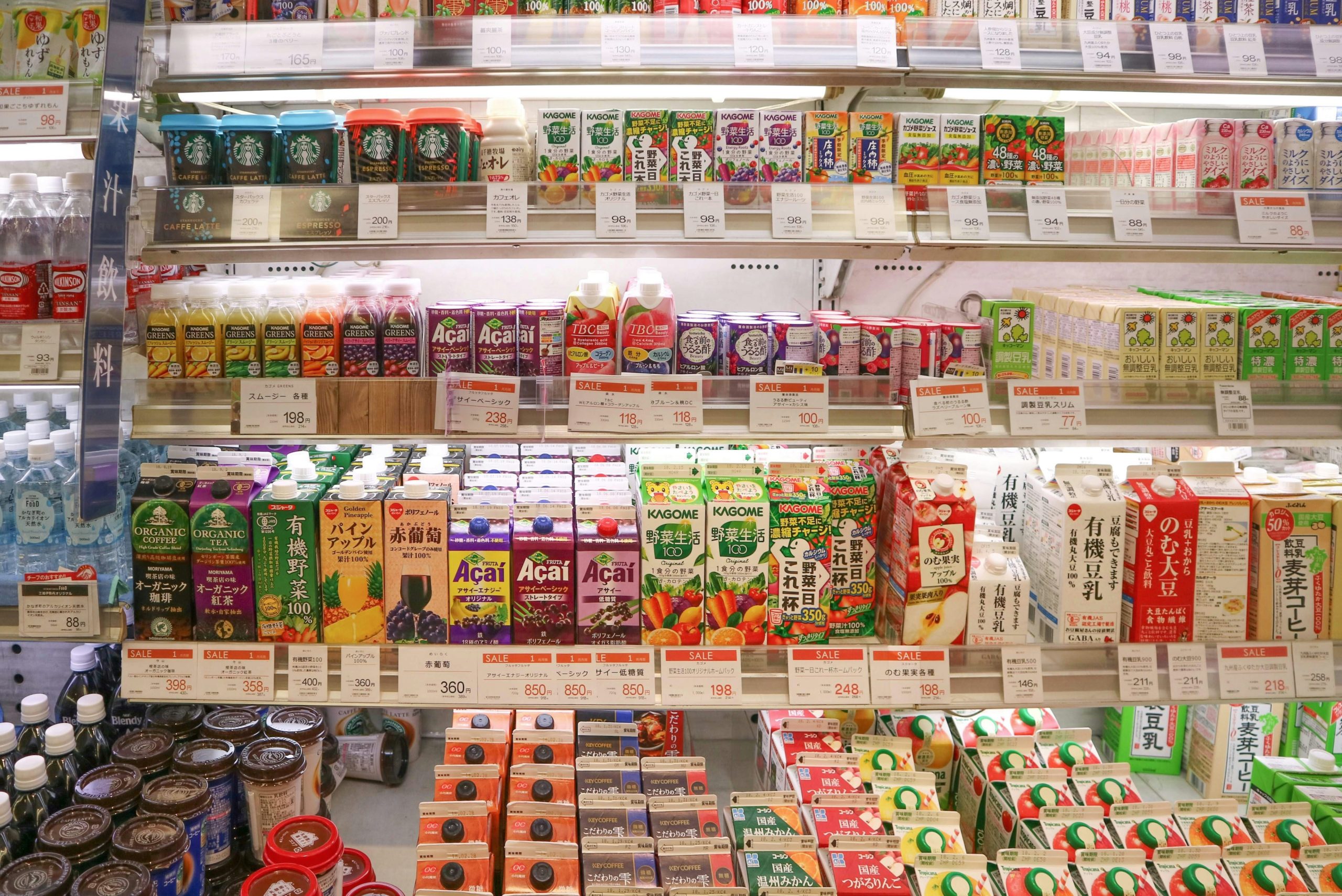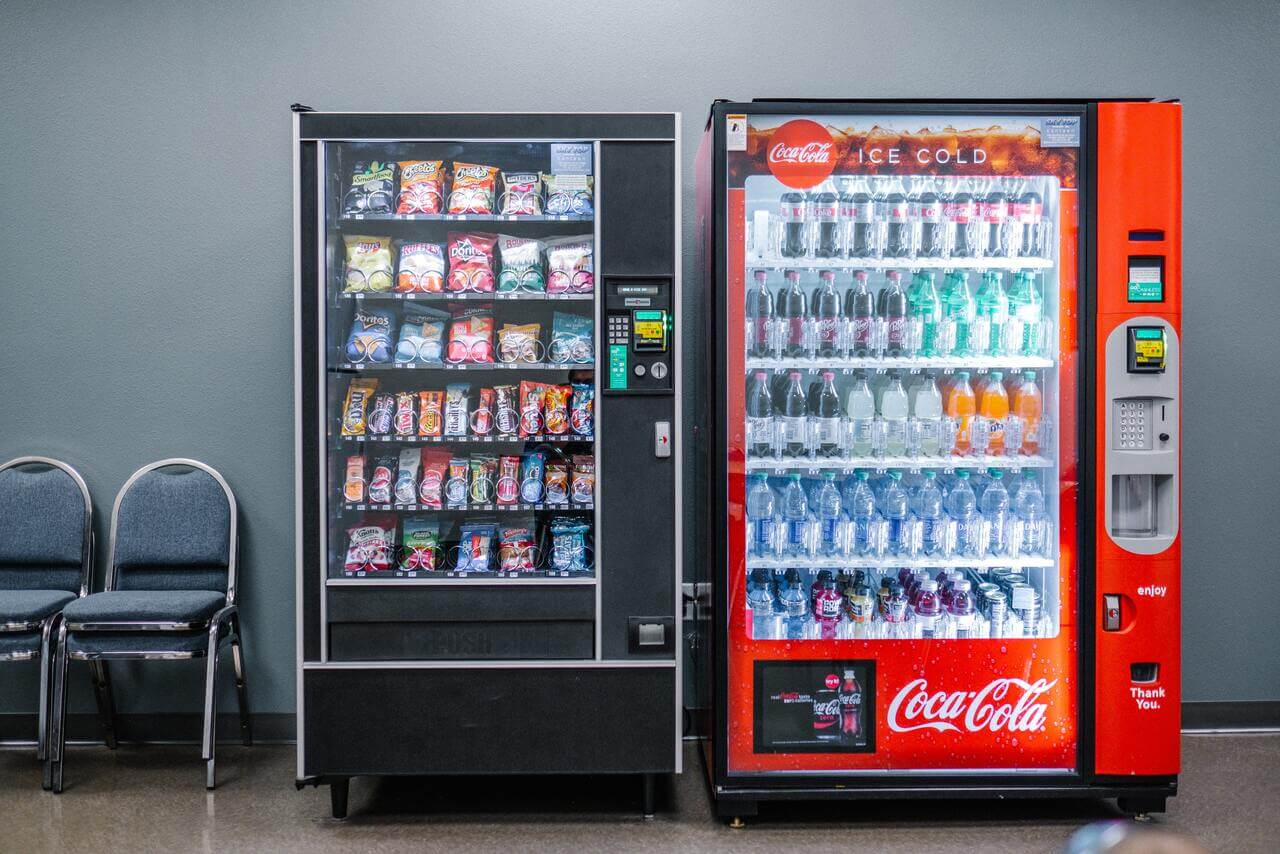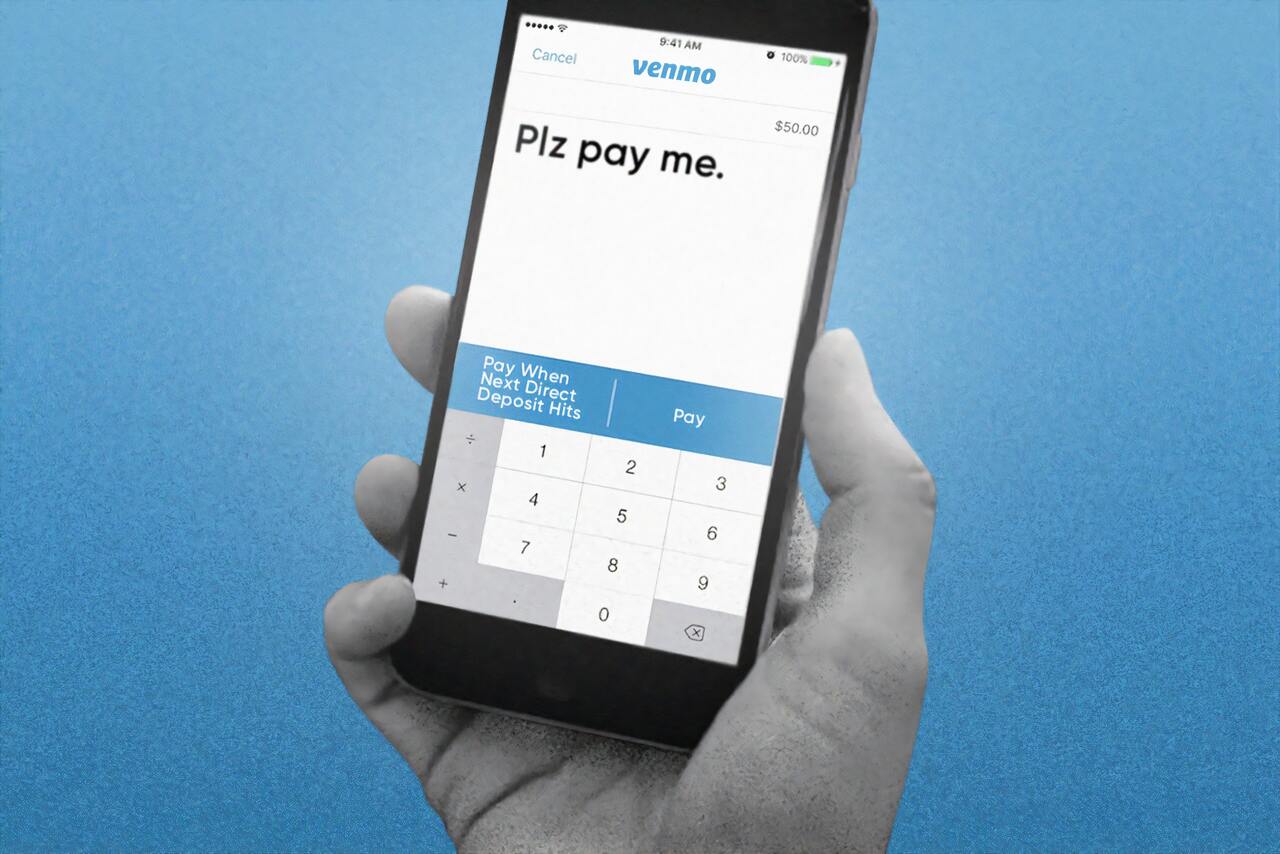
23May2025
Latest News & Report / Vietnam Briefing
Comments: No Comments.
Vietnam’s retail market is experiencing a significant transformation, marked by the rapid expansion of Chinese retail brands across various sectors. From food and beverage (F&B) chains to e-commerce platforms, electric vehicles (EVs), cosmetics, fashion, electronics, etc Chinese enterprises are leveraging their competitive advantages to establish a strong presence in Vietnam.
Current Landscape: Chinese Brands Making Inroads
Chinese brands are making significant inroads into Vietnam’s retail market, focusing on the mid-range segment across sectors like food and beverage, e-commerce, and electric vehicles. With their dynamic expansion strategies, reliance on franchise models, and ability to offer affordable pricing, Chinese companies are proving more agile and proactive than their Western counterparts, allowing them to quickly adapt to local market demands and attract price-sensitive consumers.
Food and Beverage Sector
Chinese food and beverage (F&B) brands are at the forefront of retail expansion in Vietnam, driven by aggressive franchising, affordable pricing, and youth-focused branding. Among them, Mixue, a soft-serve ice cream and tea chain, has made the biggest splash. By the end of 2023, Mixue had opened over 1,000 stores nationwide, using a low-cost franchise model that targets high-traffic locations in cities and towns alike [1]. Its budget-friendly menu, playful branding, and social media popularity have made it a go-to hangout spot for young Vietnamese consumers.
Mixue Store at Aeon Mall Binh Duong
Following closely is Cotti Coffee, a newer Chinese entrant that launched in Vietnam in late 2023. Despite only opening around 10 outlets so far in Hanoi and Ho Chi Minh City, Cotti has ambitious global plans, aiming for 20,000 stores worldwide by 2025. It positions itself between premium international chains like Starbucks and local coffee vendors, offering high-quality Arabica coffee at competitive prices. The brand’s clean, modern aesthetic and quick-service model cater well to Vietnam’s fast-paced urban lifestyle[2].
The rise of these brands is having a ripple effect on the local market. Vietnamese chains are facing increased pressure to improve quality, pricing, and digital engagement. Meanwhile, the popularity of franchise models led by Mixue is encouraging a wave of young local investors to enter the F&B space. With their proven business models and efficient supply chains, Chinese F&B brands are not just expanding, they are actively shaping Vietnam’s modern retail food culture.
E-Commerce Platforms
Chinese e-commerce platforms have been actively expanding their presence in Vietnam, tapping into the country’s fast-growing digital economy. Major platforms such as Taobao, Tmall, Pinduoduo, and JD.com have introduced Vietnamese-language interfaces, making it easier for local consumers to access a wide variety of products[3]. By removing language barriers and offering competitive pricing, these platforms are attracting a growing number of Vietnamese online shoppers, especially among younger, price-sensitive demographics.
One of the most notable recent moves was the launch of Temu in Vietnam in October 2024. Temu, known for its bargain-priced goods and aggressive promotions, entered the market offering significant discounts and free shipping, quickly gaining attention from budget-conscious consumers[4]. Its arrival signaled a new phase of competition in Vietnam’s already vibrant e-commerce sector, challenging local players like Shopee and Lazada.
However, Temu’s rapid rise was short-lived. In early 2025, Vietnamese authorities suspended the platform’s operations after it failed to comply with government regulations regarding foreign business registration[5]. The incident highlights the increasing scrutiny faced by foreign digital companies operating in Vietnam, as the government moves to protect local businesses and ensure fair competition.
Despite regulatory hurdles, Chinese e-commerce platforms are expected to continue investing in Vietnam, viewing it as a key growth market in Southeast Asia’s digital economy.
In conclusion, while several Chinese e-commerce platforms have made efforts to reach Vietnamese consumers through cross-border services and localized interfaces, none currently operate officially or have an established legal presence within Vietnam’s domestic market.
Electric Vehicles
In the automotive sector, Chinese electric vehicle (EV) makers are also strengthening their footprint in Vietnam, with BYD leading the way. The company has outlined an ambitious plan to open 13 dealerships initially, aiming to expand to around 100 locations by 2026[6]. This aggressive expansion strategy signals BYD’s commitment to tapping into Vietnam’s emerging EV market, which is supported by government policies promoting green transportation.
Announced selling prices of BYD electric car models in the Vietnamese market
BYD officially introduced three models to Vietnamese consumers, including the Atto 3, a compact crossover that has already seen success in other international markets. The company plans to expand its product lineup to six models by October 2025, offering more options across different price segments to appeal to a wider range of customers[7]. The company’s swift expansion reflects broader trends, as Vietnam becomes an increasingly attractive destination for EV investment thanks to rising consumer interest in sustainable vehicles and favorable regulatory support.
Beyond BYD, other Chinese automakers such as Wuling, Chery, and MG (now under Chinese ownership) have also entered or shown interest in the Vietnamese market, though their presence remains less prominent. Wuling, for example, has partnered with local firms to assemble mini EVs like the Wuling HongGuang Mini EV, targeting urban commuters with affordable pricing. Chery has announced plans to establish a $800 million EV manufacturing plant in Thai Binh province, aiming to produce models like the OMODA and JAECOO by 2026[8]. MG is exploring the development of an automobile manufacturing and assembly factory in Vietnam, with plans to establish a research team by the end of 2024[9].
Factors Driving the Expansion
Several factors contribute to the successful penetration of Chinese retail brands in Vietnam. One major advantage is competitive pricing and product diversity; Chinese goods often cost less than local alternatives. For example, in traditional markets like Tan Binh and An Dong in Ho Chi Minh City, Chinese fashion items are typically priced 5–25% lower than Vietnamese products[10], making them highly attractive to both traders and consumers. In addition, Chinese companies benefit from efficient supply chains that cover every stage from raw materials to distribution, enabling them to respond quickly to market changes while maintaining low costs[11]. Another important factor is their strong research and development (R&D) capabilities[12], which allow Chinese brands to swiftly introduce new products that align with market trends, giving them a distinct edge over many local competitors with more limited innovation resources. Finally, Chinese brands excel at using digital platforms and social media, with many Vietnamese small traders reselling their products via channels like TikTok to reach younger audiences and boost visibility.
Chinese cakes on display at a store in Thu Duc City, a district-level unit in Ho Chi Minh City
Geographical proximity also plays a critical role: Vietnam shares a long land border with China, which significantly reduces transportation time and costs. This is further supported by increasing investment in logistics hubs and infrastructure in northern Vietnam, enhancing cross-border trade efficiency. For instance, Vietnam has approved an ambitious project to construct a new 390km railway linking the port of Haiphong and the capital Hanoi with Lao Cai, a critical border point with China. The project, expected to cost over $8 billion, aims to modernize Vietnam’s rail infrastructure and facilitate trade with its northern neighbor[13].
Moreover, preferential tariffs under free trade agreements (FTAs) between ASEAN and China lower import taxes on many categories of goods, giving Chinese products a clear price advantage over those from other countries. According to data from the World Integrated Trade Solution (WITS), Vietnam applies reduced tariff rates on imports from China under these agreements, enhancing the competitiveness of Chinese goods in the Vietnamese market[14].
Challenges and Regulatory Responses
The rapid influx of Chinese retail brands into Vietnam has raised growing concerns among authorities, local businesses, and industry observers. One of the primary challenges is the impact on local enterprises, particularly in highly competitive sectors such as fashion, electronics, and fast-moving consumer goods. Chinese products, which often come at lower prices and with greater variety, have made it increasingly difficult for Vietnamese manufacturers and retailers to maintain their market share. Many small and medium-sized local businesses, already constrained by higher production costs and limited access to advanced supply chains, are struggling to keep pace with the aggressive pricing strategies and constant product innovation offered by Chinese brands[15]. This situation risks eroding the competitiveness of domestic industries and could, over time, lead to reduced diversity in the market if local players are squeezed out.
In response to these challenges, the Vietnamese government has moved to implement regulatory measures aimed at maintaining a level playing field. Authorities have increased scrutiny over foreign e-commerce platforms, requiring companies like Temu and Shein to officially register with the government or face suspension of their operations[16]. These steps are intended not only to ensure compliance with Vietnamese laws but also to protect local businesses from unfair competition and prevent the dominance of unregulated foreign entities. Additionally, regulators are paying closer attention to issues such as tax compliance[17], consumer protection[18], and the transparency of cross-border transactions. Such actions reflect a broader strategy by Vietnam to carefully manage foreign investment, promoting healthy competition while safeguarding the interests of its domestic economy and ensuring long-term sustainable growth.
Future Outlook
Vietnam’s retail market is set for robust growth, with a projected CAGR of over 12% through 2029, expanding from $142 billion to $350 billion by 2025. In this environment, Chinese retail brands will continue to expand aggressively, leveraging strengths in competitive pricing, efficient supply chains, and digital marketing, particularly in low- and medium-cost goods like electronics, fashion, and household items. These products remain attractive to price-sensitive Vietnamese consumers.
Chinese brands are also focusing on higher-quality products in sectors like automobiles, home appliances, and technology, though they still face strong competition from established European, Japanese, and American brands. While Chinese products will maintain an edge in budget-friendly categories, it will take time for them to match the premium quality and reputation of global competitors.
Meanwhile, the Vietnamese government is actively working to enhance local product competitiveness and improve supply chain efficiency. These efforts will ensure a balanced, competitive market, fostering innovation and sustainable growth in the retail sector.
Conclusion
The burgeoning presence of Chinese retail brands in Vietnam reflects broader regional economic shifts and the increasing interconnectedness of markets. While these brands bring benefits such as affordable products and increased consumer choices, they also present challenges for local businesses. Navigating this complex landscape will require strategic planning, regulatory foresight, and collaborative efforts between the government and domestic enterprises to ensure sustainable and inclusive growth in Vietnam’s retail sector.
[1] https://www.vietdata.vn/post/vietnam-bubble-tea-market-2023-fierce-competition-among-brands?srsltid=AfmBOopxMyaZ747FG1fKe9-c5YE5kBE34-fAdnCeJtCSt1KJkW1rdcTl
[2] https://vir.com.vn/vietnams-fb-market-exciting-for-expanding-chinese-chains-113688.html
[3] https://en.vietnamplus.vn/foreign-e-commerce-platforms-expand-market-in-vietnam-post300967.vnp
[4] https://vietnamnet.vn/en/temu-s-super-low-prices-prompt-concern-as-e-commerce-giant-enters-vietnam-2334934.html
[5] https://vneconomy.vn/e-commerce-platform-temu-suspends-operation-in-vietnam.htm
[6] https://vir.com.vn/byd-targets-openning-100-dealerships-in-vietnam-within-next-three-years-112817.html
[7] https://www.reuters.com/business/autos-transportation/byd-introduce-three-more-car-models-vietnam-market-2024-07-18/
[8] https://www.reuters.com/business/autos-transportation/chinas-chery-set-up-800-mln-automobile-factory-vietnam-2024-04-04/
[9] https://emidas-magazine.com/en/news/20062024-2744
[10] https://news.tuoitre.vn/vietnamese-traders-prefer-low-cost-chinese-goods-to-locally-made-products-10382600.htm
[11] https://www.vietnam-briefing.com/news/vietnam-versus-china-manufacturing-cost-quality-infrastructure-comparison.html/
[12] https://www.mckinsey.com/capabilities/operations/our-insights/chinas-digital-r-and-d-imperative
[13] https://vir.com.vn/national-assembly-discusses-lao-cai-hanoi-haiphong-railway-project-122811.html
[14] https://www.vietnam-briefing.com/news/vietnam-reduces-mfn-tariffs-strategic-imports-decree-73.html
[15] https://news.tuoitre.vn/vietnamese-manufacturers-struggle-for-survival-amid-price-pressure-from-chinese-e-commerce-platforms-insider-10382550.htm
[16] https://en.vietnamplus.vn/temu-shein-must-complete-business-registration-by-month-end-post303801.vnp
[17] https://www.aseanbriefing.com/news/vietnams-new-e-commerce-tax-decree-what-digital-platforms-need-to-know/
[18] https://english.luatvietnam.vn/legal-news/building-trust-in-the-digital-marketplace-consumer-protection-laws-for-e-commerce-in-vietnam-4729-99750-article.html
* If you wish to quote any information from this article, please kindly cite the source along with the link to the original article to respect copyright.
| B&Company
The first Japanese company specializing in market research in Vietnam since 2008. We provide a wide range of services including industry reports, industry interviews, consumer surveys, business matching. Additionally, we have recently developed a database of over 900,000 companies in Vietnam, which can be used to search for partners and analyze the market. Please do not hesitate to contact us if you have any queries. info@b-company.jp + (84) 28 3910 3913 |


